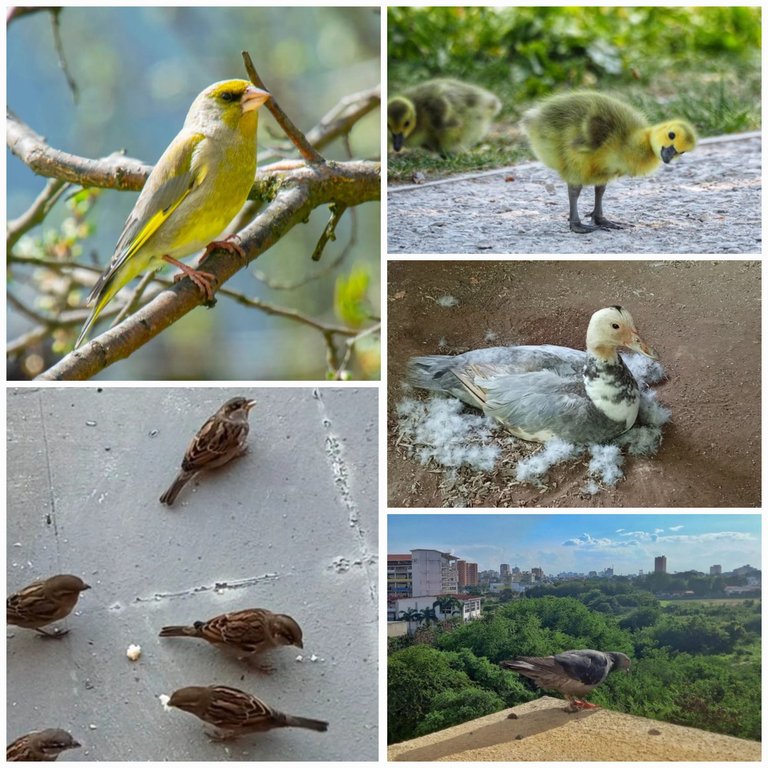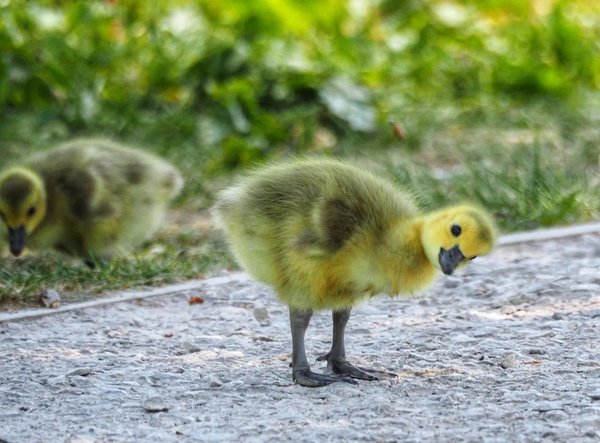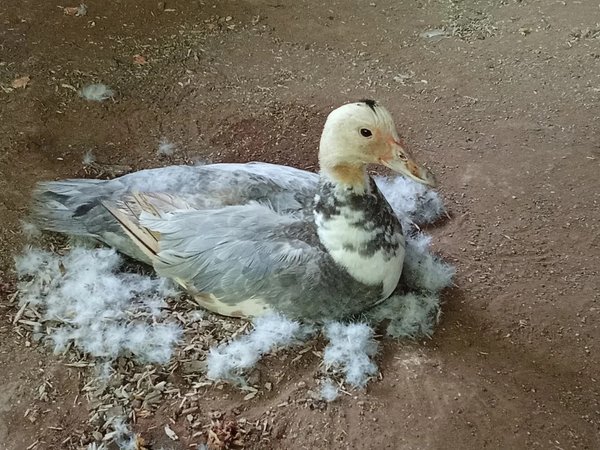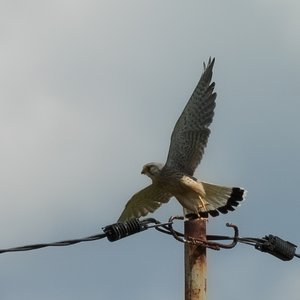Winners Of Show Me A Photo Contest Round 218 in Feathered Friends Community
Hello Feathered Friends Lovers,
Happy to show the winners of the last week and the birds that posed so well to be in the gallery below. Our feathered models are so diverse and from different places. They deserve their place on the blockchain.

And the winners of round 218 re:
🏆🏆🏆🏆🏆
@apnigrich

Show Me A Photo Contest Round 214 - The Eurasian Greenfinch (6pics)
@azkl

Show me a photo contest
@ellenripley

Feathered Friends: #SMaP Show Me A Photo Contest Round 218 - Free Theme.
@hjrrodriguez

Feathered Friends - Show Me A Photo Contest Round -318 SMaP
@manuelgil64

Show Me a Photo Contest SMaP - Round 218: Free Theme [ENG/ESP]
Each winner will receive 2 Hive. Another generous donation from @barbara-orenya and @melinda010100 with Ecency points increased the reward pool and the winners will receive 600 Points each. I am most grateful to the donation of Ecency Points provided from @archontribe by @ervin-lemark and @apnigrich. Another 0.1 Hive will drop in your wallet if you are among the winners thanks to @sagarkothari88.
Check your ecency.com wallet as well.
Thanks to @melinda010100 and @abrockman each winner will have 2 Archon.
I am pleased to say we have another sponsor - @sirenahippie, who donated Foodie tokens for our winners. 10 Foodie tokens also will drop in your wallet if you are a winner.
Congratulations and hope to see your entries again.
I invite you to check the blogs of our sponsors and show them some love!

As usual any suggestions for next themes are always welcome.

banner created by @barbara-orenya

Thank you for viewing.
If you like to share your thoughts you can leave a comment.

Sending Love and Ecency Curation Vote!
 Please Vote for our New Proposal! 🙏
Please Vote for our New Proposal! 🙏
Thank you very much @nelinoeva. ❤️
Thank you very much, congratulations to all 🙂
The photographers did a great job with those beautiful pictures. Congratulations to the winners.
In Ecuador, there are several species of parrots, but two stand out for their importance. The Celestial Parrot (Forpus coelestis), also known as the Celestial Parrot or Emerald Parrot, is common in the west of the country, from the Chone River region to northwestern Peru. Measuring between 11 and 13 cm, it has bright green plumage that camouflages it among the foliage and displays marked sexual dimorphism: males have blue tones on their wings, while females are more uniform. They live in varied habitats, from semi-arid lowlands to tropical rainforests, and feed on seeds, berries, and cactus fruits. They often form small groups of up to ten individuals outside the breeding season, and in captivity are popular for their ability to breed in small spaces, such as cages measuring 120 x 40 x 50 cm.
Another species is the Ecuadorian Parrot (Hapalopsittaca pyrrhops), also known as the Red-faced Parrot, which lives in the high Andean forests of southern Ecuador and northern Peru, between 2,400 and 3,500 meters above sea level. This parrot, about 23 cm long, is rare and classified as Vulnerable by the IUCN, with an estimated population of 2,500 to 9,999 mature individuals. It has a bright red face with blue and yellow patches, green and blue wings, and a red shoulder. They are usually seen in pairs or small flocks of 4 to 6, feeding on shoots, flowers, berries, and seeds in the forest canopy. They nest in tree cavities between October and January, but their habitat is threatened, putting their survival at risk.
Ecuador, a megadiverse country, offers a home to these birds, but also faces challenges. In places like Guayaquil and Cuenca, illegal trafficking of parrots is a problem. In 2016, the Ministry of the Environment and the Environmental Police seized parrots in markets like El Arenal, where “love parrots” were being sold for $12 each, often imported from Santo Domingo. These birds suffer during transport—many die or develop problems such as vitamin deficiency and self-harm from stress. Experts like ornithologist Carola Bohórquez have noted that of every 100 birds captured, only 10 survive due to hunting methods, which include cutting down the trees where they nest. This reminds me of how in the 1960s we advocated for harmony with nature, an ideal that today seems more urgent than ever.